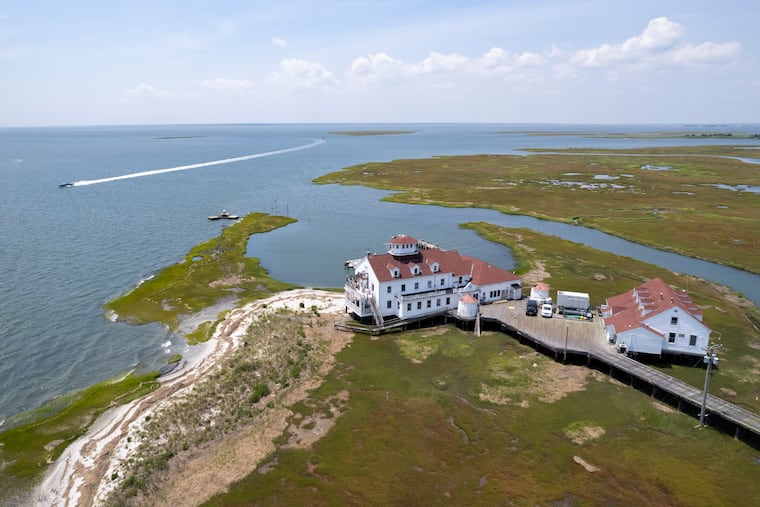Scientists know rising seas will one day swallow this Jersey Shore climate research center
Rutgers University Marine Field Station is a near perfect site for studying marine life, but the Atlantic Ocean is slowly swallowing the peninsula where the station rests.
